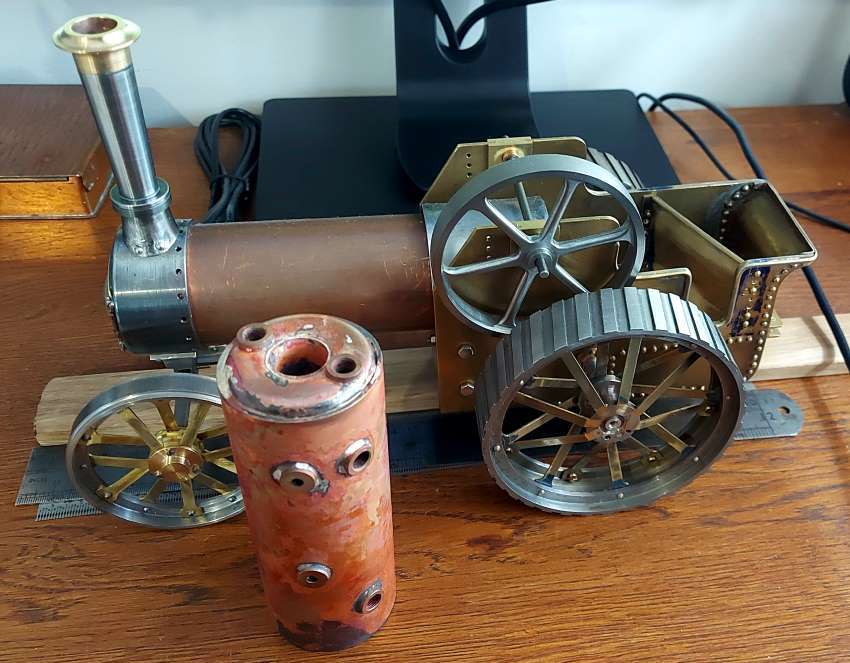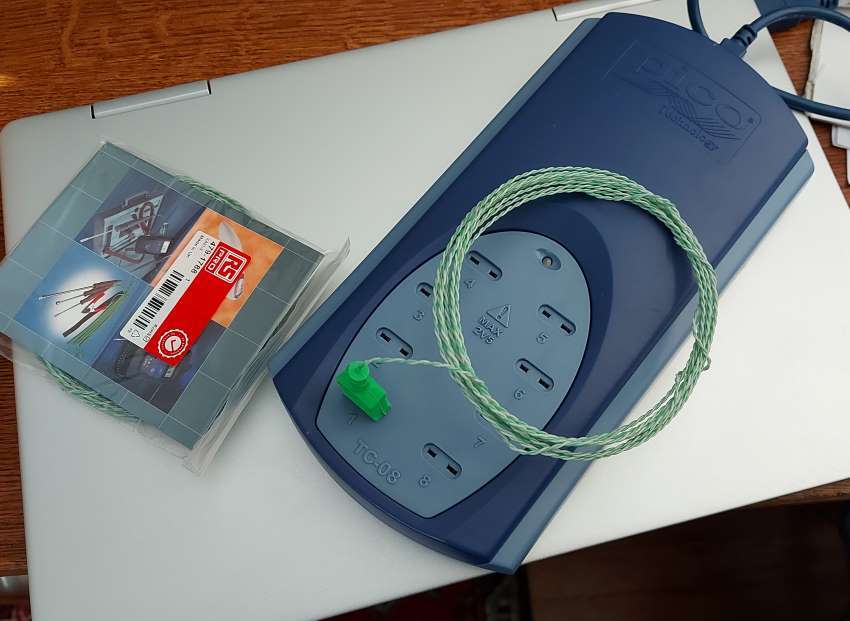Nigel Taylor
Established Member
Drop me a line if you have any additions, I will add them onThat is very useful. Interestingly I seem to have the identical clamp set in the red wall mount.
I just rebuild my milling vice. It came with the mill and had 3mm, yes millimetres not thou, of vertical slack in the moving jaw with no adjustment possible. I machined 60 degree tapers on the slides and made gibs for it. It now clamps perfectly.














































